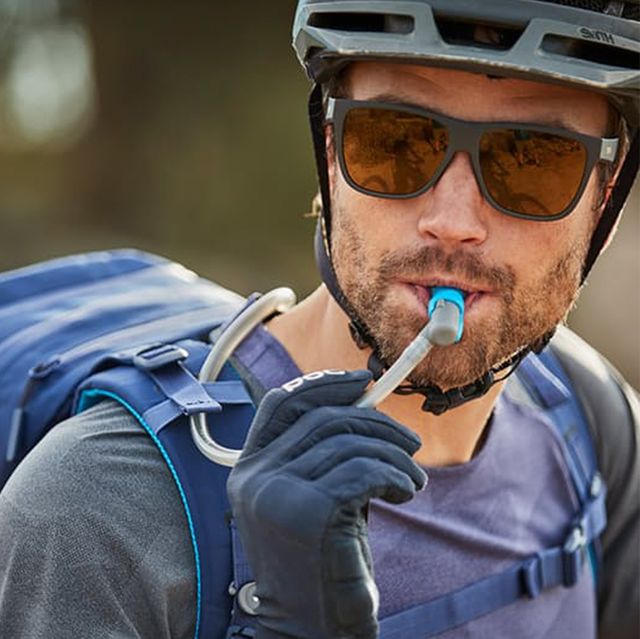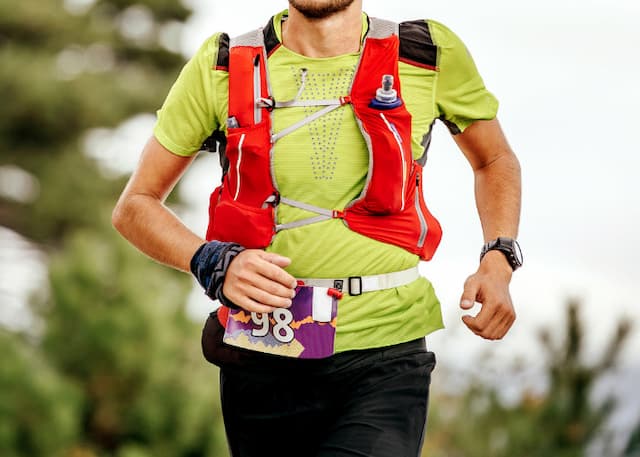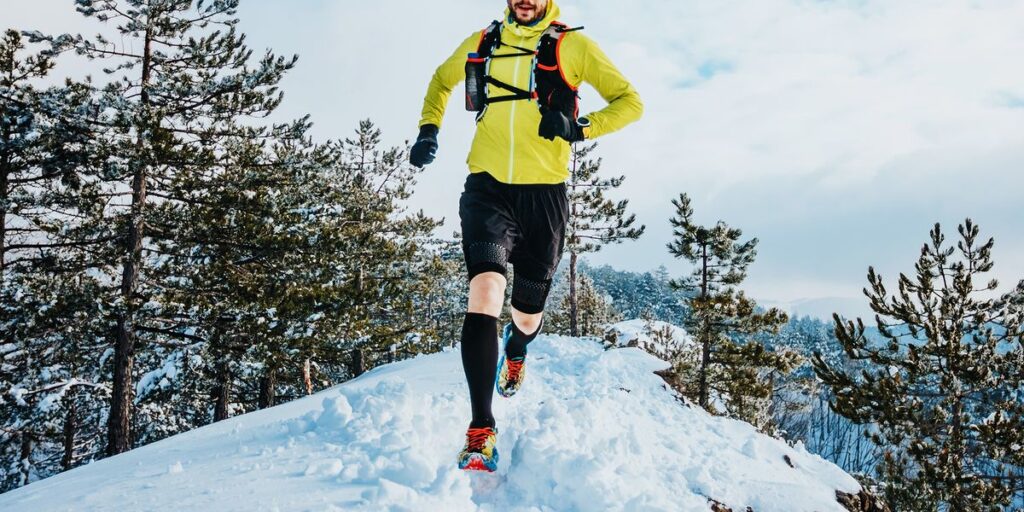Hydration packs have become an important part of every hiker, biker, camper and trail runner. These are accessories specialised in keeping you hydrated. They come in many shapes, sizes and specific features. There are many options on the market, so you might get overwhelmed when you decide to buy one. But as long as you know what you’re looking for and what your priorities, making a decision should be easy.
Types of Hydration Backpacks
These packs are specifically created for running. Their design is adjusted to the body’s position and movement. Given that there’s a big variety of hydration back packs I’ve separated the different types to make shopping into less of a hassle for you.

Running Vests
Just as the name suggests, these packs look like vests and have a snug fit around your body. They’re very similar to a backpack because you carry them on your shoulders and on the back. They’re often low profile and have additional pockets and storage space on the front side of the shoulder straps. Some models don’t feature a hip belt like most of them do. And if you want to drink from a bottle, some of them have a pocket meant to fit one.
Running Backpacks
These have running-specific characteristics such as a low-profile design, a simple hip belt, and a number of compartments that are simple to get to while you’re running. They look like a regular backpack you’d bring on a walk or at the gym. Compared to vests, backpacks have more storage space, especially at the back. That’s why they’re a better choice for long runs where you need to bring more food, clothes, and water. They have a water reservoir for on-the-go drinking. But if you like bottles, there’s a pocket for that as well.
Running Waist Packs
These hydration packs for running have a significantly smaller storage space than the rest. A lot of them have a water bottle instead of a reservoir. They’re great for short, fast trips such as trail run, hikes or cross-country skiing. During this time, you don’t have to carry a lot of gear with you. They’re handy if don’t have a lot of clothes or accessories, and don’t want a bulky pack on your back.
What to Consider When Buying
Toughness and Durability

Your hydration running packs need to have a few specific features in order to provide you with the necessary level of protection. When there are water sources, you can easily refill or change smaller bladders. While trail running, a running hydration pack needs to be made of sturdy material to ensure it can handle rough terrain and debris.
A comfortable running vest will fit your body without restricting your breathing or movement. No matter how it’s made, make sure your hydration pack is properly supported so it doesn’t rub or bounce while you’re jogging. That can be very annoying. The backpack must withstand repeated snagging and getting stuck on bushes and branches because this happens a lot during runs.
Fluid Capacity
A crucial factor to take into account is the bladder’s capacity. If you’re going for a short run a 0.5l one will suffice. For a longer one, choose a capacity of 1-1.5l. These are also good for short-distance bikers and hikers. If you’re going on a long run where there are places suitable for a refill, the 2-2.5l is a perfect match. And if you don’t want to stop and refill or you’re going into unexplored terrain, a 3l or more is a must.
Gear Storage
This depends on the longevity of your run, the terrain, and the weather. Will you need a lot of clothes, food, and extra equipment? The capacity of these backpacks can vary between 5-21l. This is a huge difference. But everyone’s needs are different. If you’re packing light and need just one or two extra layers of clothes 5-10l will be enough. But if you’re going on a long run and require more gear such as headlamps, jackets, clothes, accessories, and food, you might consider 11-21l of capacity.
Maintenance

Hydration back packs need to be easy to clean and maintain. Runners do their laps often and sometimes on rough terrains where there’s a lot of dirt, dust, and mud. Cleaning and emptying the pack is a must after every run. That’s why this chore should be easy and simple. A lot of the hydration packs come with cleaning instruments of their own. They’re specifically designed to effectively clean the tubes and keep the bladder bacteria-free.
Another way to prevent the growth of bacteria is to keep the bladder in a cold place. The easiest ones to clean are bladders and reservoirs with zippers. You can easily access the inside and brush it. They’re also easy to dry. Just flip them inside out. The hardest ones to clean are the bladders with multiple compartments. They require a lot of flushing and some anti-bacterial additive.
Ventilation
A high-quality hydration backpack should have a good ventilation system because it’s in constant contact with your shoulders, back or hips. Modern designers are aware of this and most of them offer good breathability. These backpacks are made of soft and light materials, strengthened with durable fabrics. This way your sweating is brought to a minimum.
Fit and Size
An ill-fitting pack will rub and chafe, irritating your skin and leading to inflammation and general discomfort. Most of these backpacks are in universal size and you have adjustable straps to fit them as you feel most comfortable. But nowadays, you can find backpacks in different sizes, similar to clothes. That’s why you should try a few and see how they fit before making a choice and buying. Your backpack shouldn’t restrict any movements or slide off you while running.















